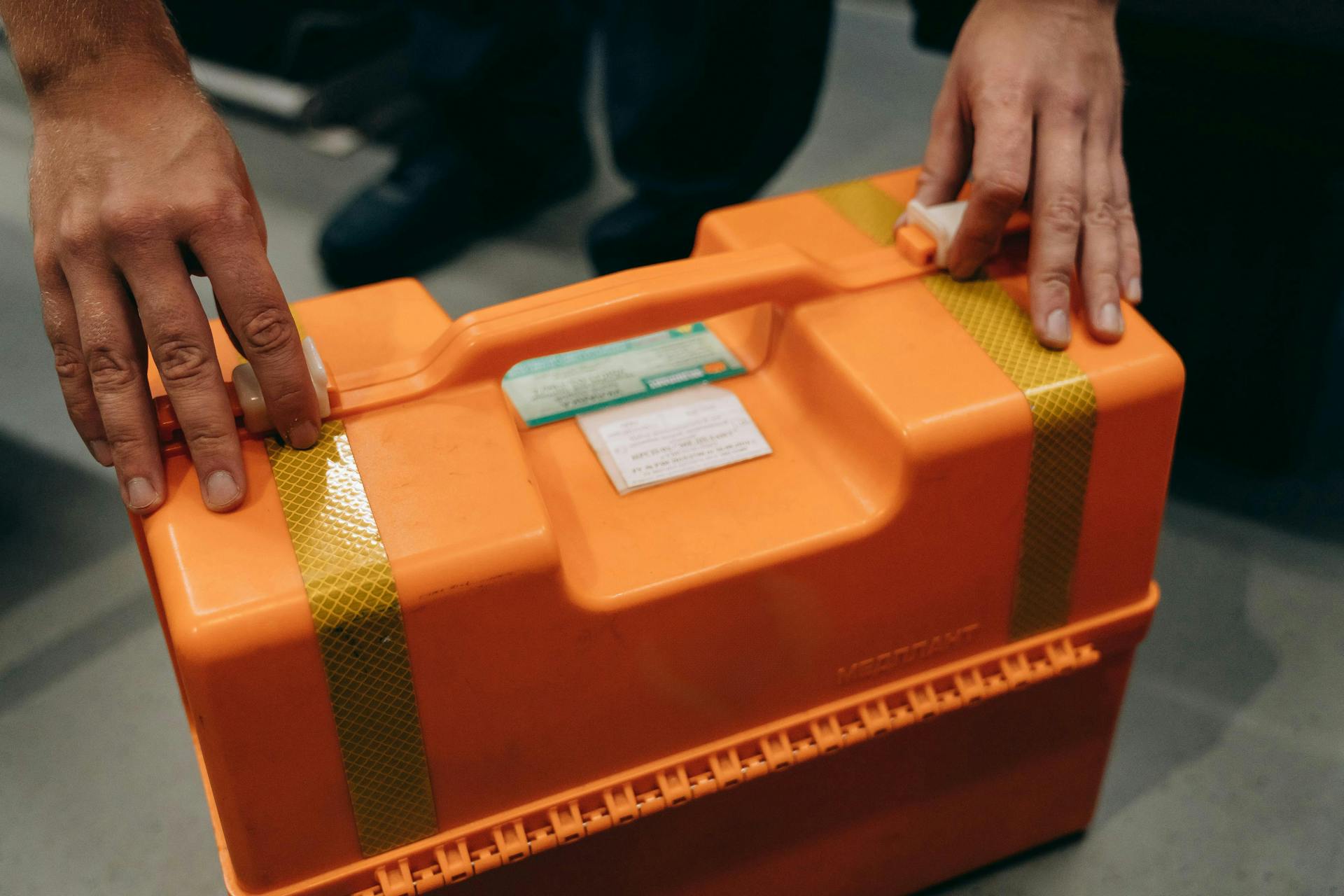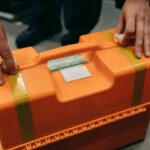Emergencies can strike at any time, whether they’re natural disasters, power outages, or unexpected crises. Being prepared can mean the difference between safety and vulnerability. Emergency preparedness isn’t just about survival—it’s about ensuring your well-being, protecting your loved ones, and staying calm in the face of adversity. This ultimate guide walks you through everything you need, from food storage to essential survival gear, to be ready for whatever life throws your way.
1. Understanding Emergency Preparedness
Emergency preparedness is the process of planning and organizing resources to handle unforeseen events. It’s about being proactive rather than reactive. While the specifics can vary depending on location, climate, and personal circumstances, the fundamentals remain the same: access to food, water, shelter, and communication.
2. Food Storage: Ensuring Sustenance in a Crisis
In emergencies, access to fresh food may be disrupted. Having a reliable supply of non-perishable food items can sustain you and your family for weeks or even months.
What to Store
- Dry Goods: Rice, beans, pasta, and lentils are excellent staples that can last for years.
- Canned Foods: Vegetables, fruits, soups, and meats are easily stored and require minimal preparation.
- Dehydrated Meals: Freeze-dried meals are lightweight, easy to store, and have long shelf lives.
- Snacks: Granola bars, nuts, and dried fruits provide quick energy boosts.
Storage Tips
- Rotate your stock regularly to ensure freshness.
- Store food in a cool, dry, and dark location.
- Use airtight containers to protect against pests and humidity.
Preparation Essentials
- Invest in a manual can opener—electric ones won’t work during a power outage.
- Keep basic cooking tools like pots, pans, and a portable stove.
3. Water Supply: The Cornerstone of Survival
Water is more critical than food in emergencies. A human can survive for weeks without food but only a few days without water.
How Much to Store
The recommended amount is at least one gallon per person per day for drinking, cooking, and sanitation. Aim to have a two-week supply.
Storage Options
- Store water in large jugs or barrels specifically designed for long-term use.
- Use purification tablets or portable water filters for treating water from natural sources.
Alternative Water Sources
- Collect rainwater using clean containers.
- Extract water from streams or ponds, purify it before consumption.
4. Survival Gear: Essential Tools to Protect and Prepare
Equipping yourself with survival gear ensures you’re ready to handle a wide range of challenges. Here’s a breakdown of must-have items:
Lighting and Power
- Tactical Flashlights: Durable and reliable in all weather conditions, with modes for signaling SOS.
- Headlamps: Allow hands-free illumination for tasks and navigation.
- Backup Power Bank or Solar Charger: Keep devices charged during prolonged power outages.
Shelter and Warmth
- Emergency Blanket: Lightweight and reflective to retain body heat in cold conditions.
- Tent or Tarp: Portable shelters to protect against the elements.
- Sleeping Bag: Opt for an all-weather or insulated design.
First Aid Supplies
A comprehensive first aid kit is essential for treating injuries:
- Bandages, gauze, and antiseptic wipes.
- Pain relievers and personal medications.
- Scissors, tweezers, and gloves.
Communication Devices
- Two-Way Radios: Reliable for staying connected when cell service is down.
- Emergency Whistle: Useful for signaling help in noisy environments.
- NOAA Weather Radio: Provides alerts and updates during natural disasters.
Fire Starter
Matches, lighters, or flint and steel kits are indispensable for starting fires for warmth, cooking, and signaling.
Multipurpose Tools
A multitool or survival knife can handle tasks like cutting, opening, repairing, and more.
Personal Protection
Depending on the situation, protective gear like gloves, masks, and goggles may be necessary.
5. The Importance of a Bug-Out Bag
A bug-out bag is a portable kit filled with essentials you can grab and go during an evacuation. Here’s what to include:
- Food and water for 72 hours.
- Lightweight survival gear (tent, blanket, flashlight).
- Basic clothing and toiletries.
- Important documents and cash.
6. Emergency Planning: What to Do Before Disaster Strikes
Preparing supplies is just one part of emergency readiness. You also need a well-thought-out plan:
1. Create an Evacuation Route
Map out escape routes from your home and neighborhood. Identify safe shelters in your area.
2. Designate a Meeting Spot
Pick a location where family members can reunite if separated during a crisis.
3. Share the Plan
Educate your household about the emergency plan and practice drills regularly.
4. Stay Informed
Monitor local alerts and warnings via radio or mobile apps. Knowing the risks in your area—floods, earthquakes, hurricanes—helps you prepare accordingly.
7. Sustainable Preparedness
Preparedness isn’t a one-time event—it’s a continuous effort. Reassess and update your supplies and plans at least once a year. Replace expired items, refresh your knowledge, and stay up-to-date with best practices.
8. The Emotional Aspect of Preparedness
Emergencies can be mentally and emotionally taxing. Having a plan and the right supplies can reduce stress and build confidence. Focus on staying calm and supporting others to navigate challenges effectively.
Final Thoughts
Emergency preparedness is about readiness, resilience, and peace of mind. By securing essential food, water, survival gear, and a well-crafted plan, you can weather any storm with confidence. Remember, preparation is not about fear—it’s about empowerment and taking control of the unknown. So start today, build your emergency kit, and prepare for the unexpected—you’ll thank yourself later.







Leave a Reply